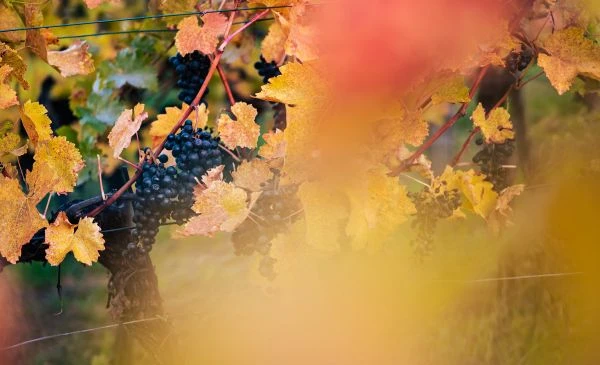The Enchanting Legacy of "The Tale of the Earl": A Timeless Reflection on Nobility and Humanity
Reading "The Tale of the Earl" leaves an indelible mark on one's soul, weaving together threads of aristocratic grandeur and raw human vulnerability. This literary masterpiece transcends its historical setting to deliver profound insights about power, responsibility, and the universal struggle for authenticity. What begins as a seemingly conventional nobleman's chronicle evolves into a mirror reflecting our contemporary societal complexities.
The Duality of Aristocracy in "The Tale of the Earl"
Beneath the gilded surface of ballrooms and titles, the narrative exposes the earl's internal battlefield. The author masterfully contrasts the character's public persona—steeped in tradition and societal expectations—with private moments of doubt and rebellion. This dichotomy resonates powerfully in today's world where social media personas often mask authentic selves. The earl's ceremonial sword becomes symbolic: both a weapon of authority and a burden of inherited legacy.

Psychological Depths Behind the Brocade
Particularly striking is the novel's unflinching examination of aristocratic mental health. The earl's midnight soliloquies reveal how privilege can become a gilded cage, foreshadowing modern discussions about the pressures accompanying success. His clandestine correspondence with the radical philosopher demonstrates intellectual curiosity straining against centuries of protocol.

Revolutionary Undertones in Gilded Halls
The political subtext simmers throughout the narrative like a forbidden French wine at an English dinner. Through subtle exchanges between the earl and his valet—a character whose wisdom consistently undermines class hierarchies—the story critiques systemic inequality while maintaining historical authenticity. These interactions gain additional poignancy when read through the lens of current global wealth disparities.

Food symbolism emerges as unexpected social commentary. The elaborate twelve-course meals, meticulously described, transform from displays of opulence into metaphors for excess and waste. Modern readers will draw parallels to contemporary critiques of billionaire space races while ordinary citizens struggle with inflation.
Timeless Lessons from "The Tale of the Earl"
Ultimately, the novel's brilliance lies in its refusal to romanticize or vilify aristocracy. The earl's gradual realization that true nobility stems from action rather than birthright offers transformative perspective. His final act—establishing schools rather than another monument to his lineage—speaks directly to our era's philanthropic debates about effective altruism versus performative charity.
The story's enduring relevance confirms its status as more than historical fiction. In an age where new forms of digital aristocracy emerge through influencer culture and tech dynasties, "The Tale of the Earl" serves as both cautionary tale and inspiration. Its pages remind us that regardless of era or social standing, the human journey remains fundamentally about reconciling who we are with who we aspire to become.
 星球的博客
星球的博客



